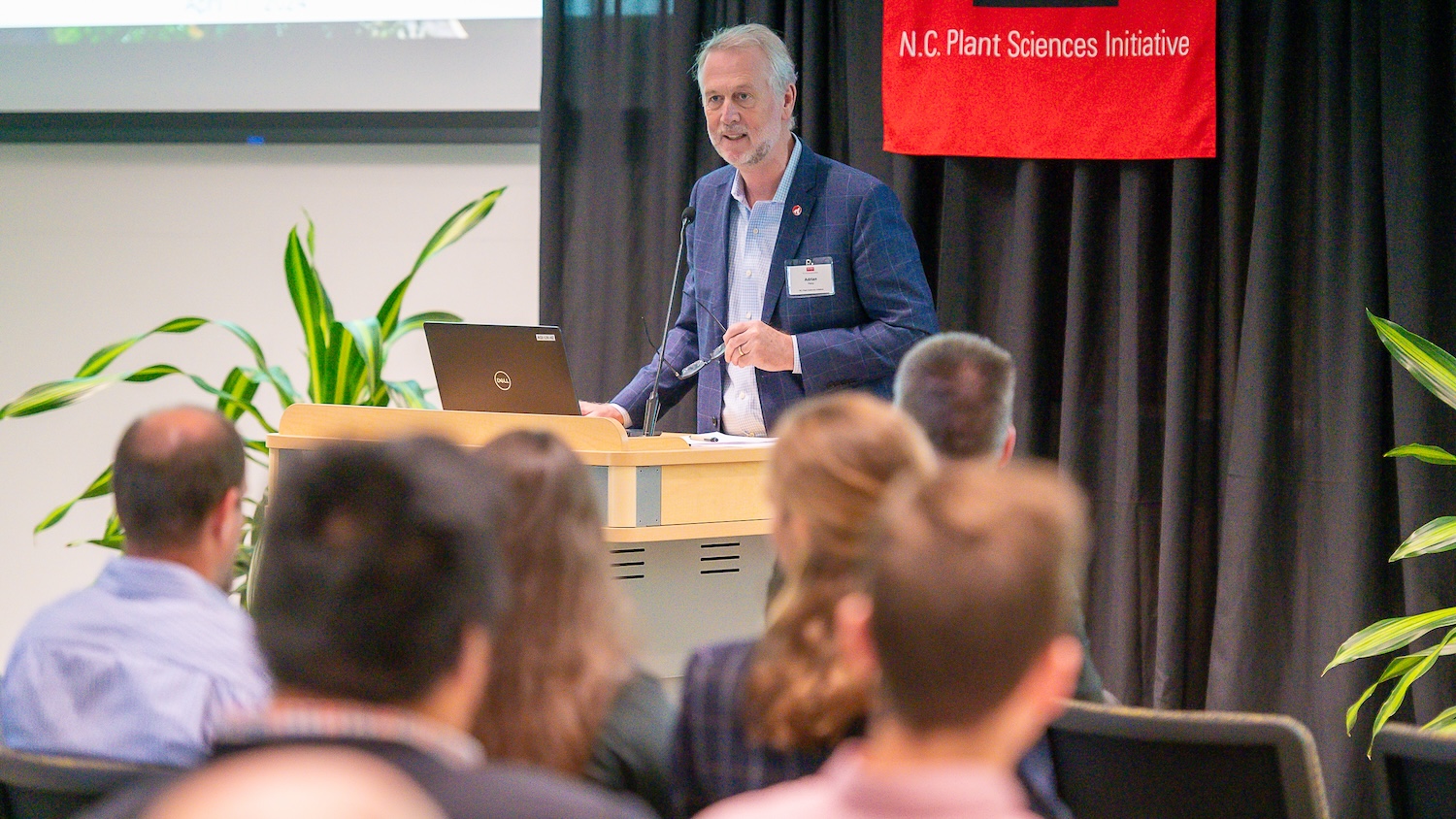Economic Perspective: What Happens to Displaced Factory Workers?

MARY WALDEN:
“Today’s program looks at what happens to displaced factory workers. Mike, factory work has been on the decline for several decades. Although there’s a been a slight rebound since the end of the Great Recession, many experts think automation and technology will increasingly substitute for people on the factory floor. Do we know what happens when an individual loses a job in a manufacturing plant?”
MIKE WALDEN:
“We do have some information on this. This was based on a national study done a couple of years ago that tracked individuals who lost their jobs in factories, and then tracked them and found out what happened to them. It’s a mix of good and bad news.”
“The good news is about four in 10 of workers who lose their jobs in a factory actually get another factory job within about five years. So that’s good, but among the other six, some of them get jobs that pay more than what they had in the factory in technical fields and transportation. But unfortunately a large number of those who didn’t get factory jobs end up getting lower paying jobs in areas like retail trade, leisure, hospitality and food services.”
“Indeed if you look at the overall mix of wages that the displaced factory workers earned after they lost their jobs, 65 percent of them who were re-employed actually earned less than they did in the factory.”
“So I think that that shows you the very hard times that factory workers who are displaced go through in order to get a different job that pays the same rate.”
Walden is a William Neal Reynolds Distinguished Professor and Extension Economist in the Department of Agricultural and Resource Economics at North Carolina State University who teaches and writes on personal finance, economic outlook and public policy.
- Categories:

